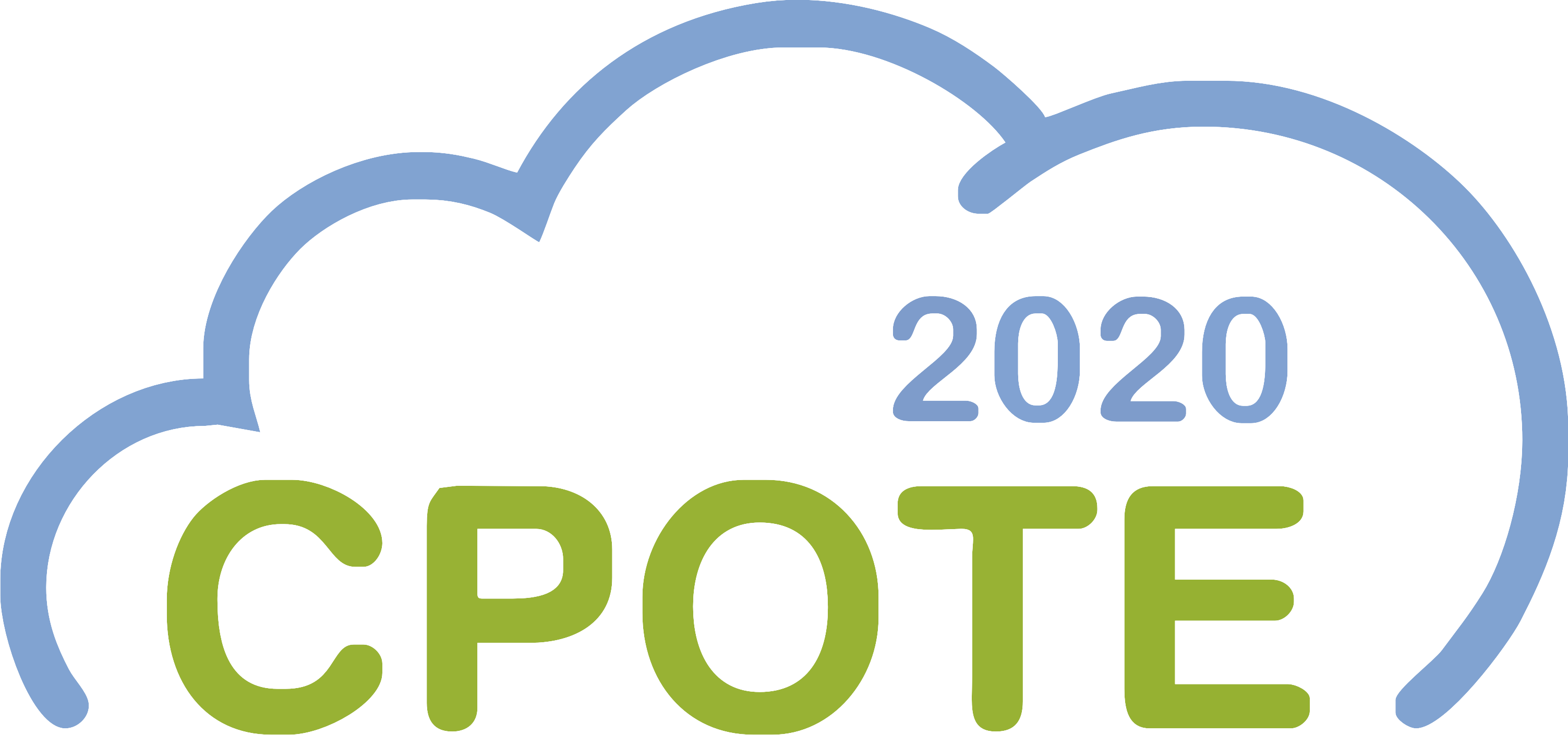
CPOTE2020
6th International Conference on
Contemporary Problems of Thermal Engineering
Online | 21-24 September 2020
6th International Conference on
Contemporary Problems of Thermal Engineering
Online | 21-24 September 2020
Abstract CPOTE2020-1064-A
Book of abstracts draft












Separation of water from liquid by-products of the agricultural digestate HTC
Agnieszka URBANOWSKA, Wrocław University of Science and Technology, PolandChristian ARAGON-BRICEÑO, University of Twente, Netherlands
Mateusz WNUKOWSKI, Wrocław University of Science and Technology, Poland
Małgorzata KABSCH-KORBUTOWICZ, Wrocław University of Science and Technology, Poland
Artur POŻARLIK, University of Twente, Netherlands
Marcin BARANOWSKI, Wrocław University of Science and Technology, Poland
Łukasz NIEDŹWIECKI, Wrocław University of Science and Technology, Poland
Przemysław SERUGA, ZGO Gać, Poland
Halina PAWLAK-KRUCZEK, Wrocław University of Science and Technology, Poland
Eddy BRAMER, University of Twente; Postbus, Netherlands
Gerrit BREM, University of Twente, Netherlands
The constantly growing water deficit in agriculture contributes to the fact that digestate, which is a by-product of biogas production, begins to be treated not only as an alternative fertilizer but as a potential source of water. Digestate is a rich source of nutrients and water. However, European Nitrates Directive (91/676/EEC) could become a significant obstacle for direct application of the digestate by means of land-spreading, due to high availability of the nutrients in the digestate. Storage is also difficult, as state-of-the-art biogas plant has a substantial land requirement for the storage of digestate. The use of hydrothermal carbonization process (HTC) can enhance the mechanical dewatering of digestate and make it less energy intensive. On top of that, liquid by-products of hydrothermal carbonization can be used to enhance the biogas production, due to their relatively high content of organic compounds while recovered water may be used in agriculture. This paper presents the results of the use of various polymer membranes for purification of water from the HTC effluent, after hydrothermal carbonization of an agricultural digestate.
Keywords: Hydrothermal carbonization, Hydrothermal carbonization effluent, Membranes technologies, Membrane separation, Biogas digestate
Acknowledgment: The Authors would like to thank the European Commission, the National Centre for Research and Development (Poland), Nederlandse Organisatie Voor Wetenschappelijk Onderzoek (Netherlands) and Swedish Research Council Formas for funding in the frame of the collaborative international consortium (RECOWATDIG) financed under the 2018 Joint call of the WaterWorks2017 ERA-NET Cofund. This ERA-NET is an integral part of the activities developed by the Water JPI. National Centre for Research and Development agreement number WATERWORKS2017/I/RECOWATDIG/01/2019.